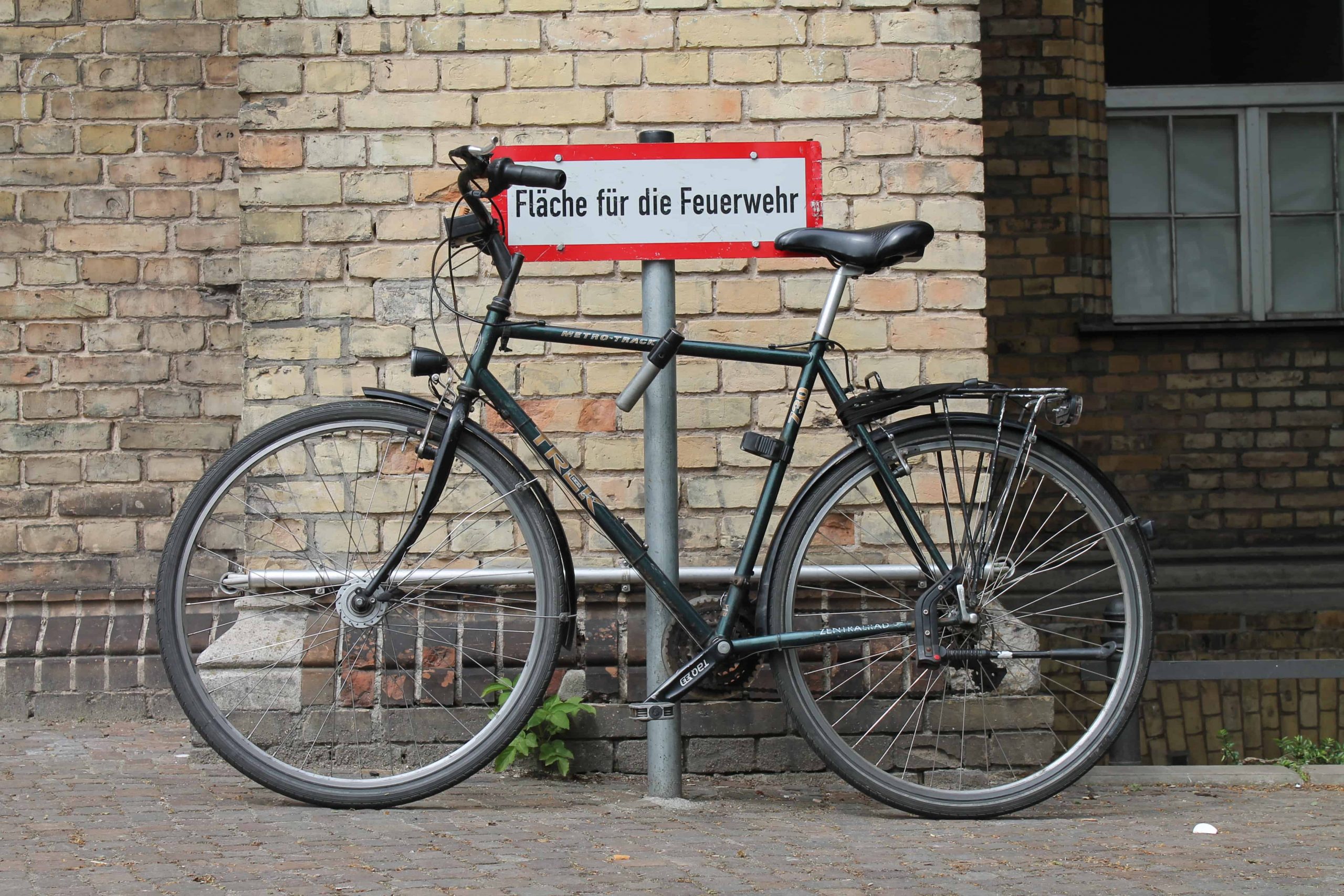The latest news catapulting Uber into the headlines isn’t about its drivers-turned-frontline-workers or the debate about whether its gig economy drivers are eligible for benefits. This time Uber has been called out for recycling thousands of e-bicycles instead of donating or selling them.
As this article in Grist points out, given the cycling boom coming out of the global lockdown — and the current shortage of bicycles on the market — this is both nonsensical and wasteful.
More than half of the world’s population lives in cities. In 2050, two-thirds of people will reside in urban spaces. Sustainable development goal #11 (sustainable cities and communities) highlights the urgency to prepare for this boom by investing in infrastructure, facilities, and urban planning that help build resilient societies.
Access to public transportation and autonomy of movement are key pieces in this goal. Uber’s decision to scrap bicycles instead of enabling sustainable development is frustrating. Not only is cycling a relatively low-cost, independent form of transportation, but it also because it has health benefits, causes minimal environmental damage, takes up less space than driving, and saves people and cities money.
There is still time — there is always time — to make smart, calculated decisions and find solutions that support the development of sustainable cities and communities.
During the global lockdown, many cities closed down roads to make room for more cyclists and pedestrians. Some of these cities — including Paris, Berlin, Seattle, and Milan — have decided to keep these roads permanently closed. Post-pandemic, this is a good step in the right direction for helping the world achieve SDG 11.
Removing car parking and developing bike-friendly roads like these destinations have done is essential for cities interested in developing a cycling culture.
In celebration of World Bicycle Day (June 3), here are several other suggestions and solutions for encouraging citizens to hop on a bike instead of in a car:
- Use cycling as a vehicle for deeper community connection. It is not merely a tool for transportation but a slower, more intimate way to connect with local neighborhoods and people. It personifies a level of livability that simply isn’t possible in cities built around motor vehicles. Tourism boards: How can you integrate cycling into your domestic tourism plans?
- Bike sharing through services like Uber and Lime have mixed results. Nonetheless, these time- or use-based schemes make bikes available to people who wouldn’t normally be able to access them. Making these bike-share programs affordable is important to encourage use.
- Reimagine cycling for citizens instead of for hobbyists. Development plans and marketing messages need to reflect large-scale population needs and interests.
- Build cycling into the work culture. Provide lockers and parking space for people who bike to work.
- Make the shortest route from Point A to Point B a cycling route. If driving is cumbersome and not the easiest or fastest way to get somewhere, people are less likely to use their vehicles for local transportation.
- Keep cycling lanes lit and well maintained. In 2014, the Netherlands unveiled the first solar-powered bike path — a win-win for sustainable cities. Several other destinations have developed similar low-impact trails since then.
- Are steep hills a problem in your city? Problem, meet Solution: Opened in 1993 and updated in 2013, the Cyclocable in Trondheim, Norway, helps cyclists power up those particularly troublesome hills.
- Create safe and plentiful spaces for people to park their vehicles. In Tokyo, an underground parking system makes it easy for people to store and retrieve their bicycles.
Cities are lifting their lockdown restrictions and locals are tentatively emerging into a markedly different world. There is still time — there is always time — to make smart, calculated decisions and find solutions that support the development of sustainable cities and communities. Cycling can play a part in that transition.
How has your destination integrated cycling into its sustainable tourism plans? Have you encountered any creative cycling solutions in your travels? Share them in the comments below!



